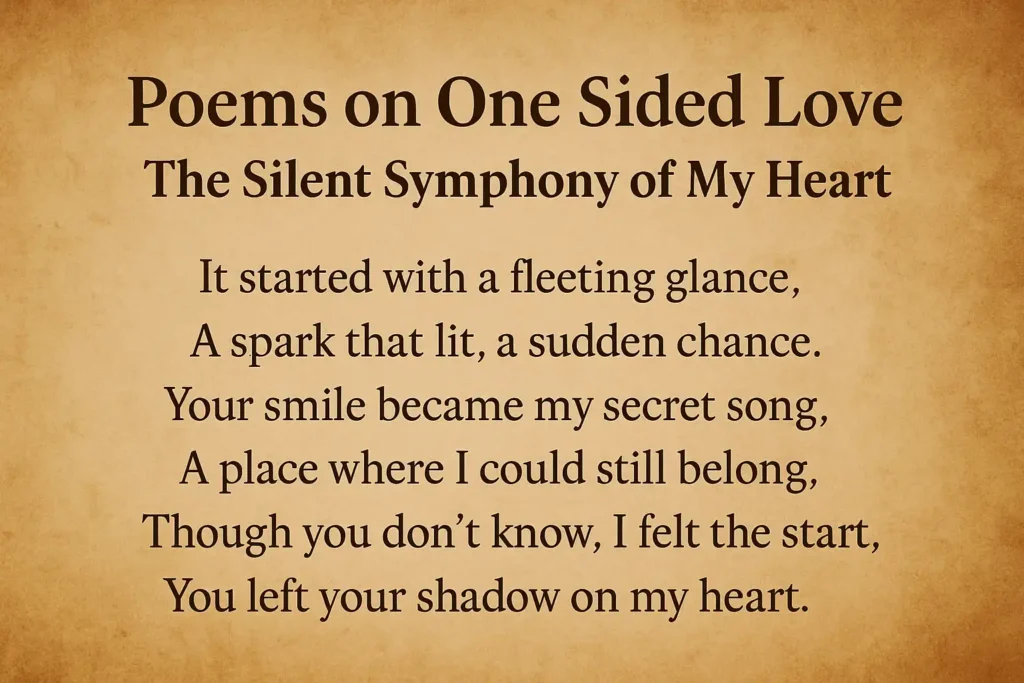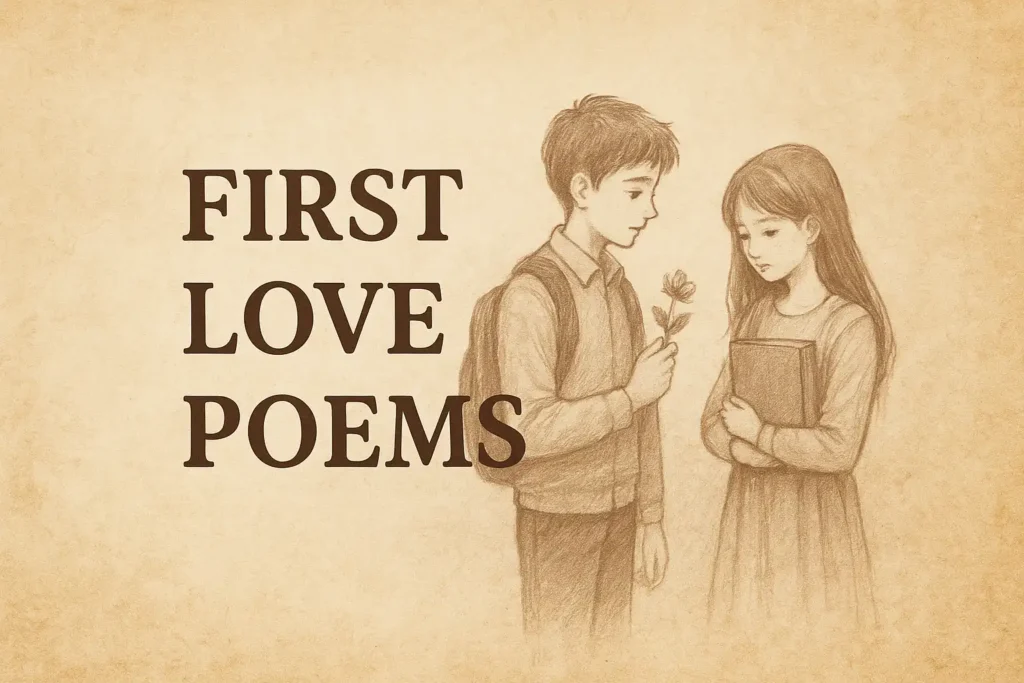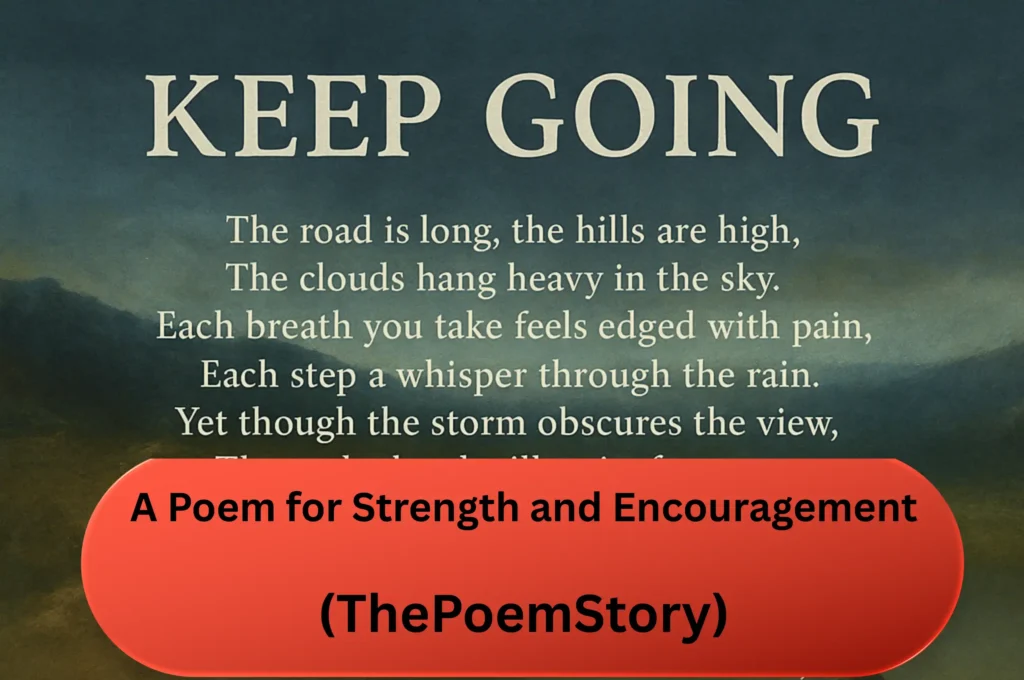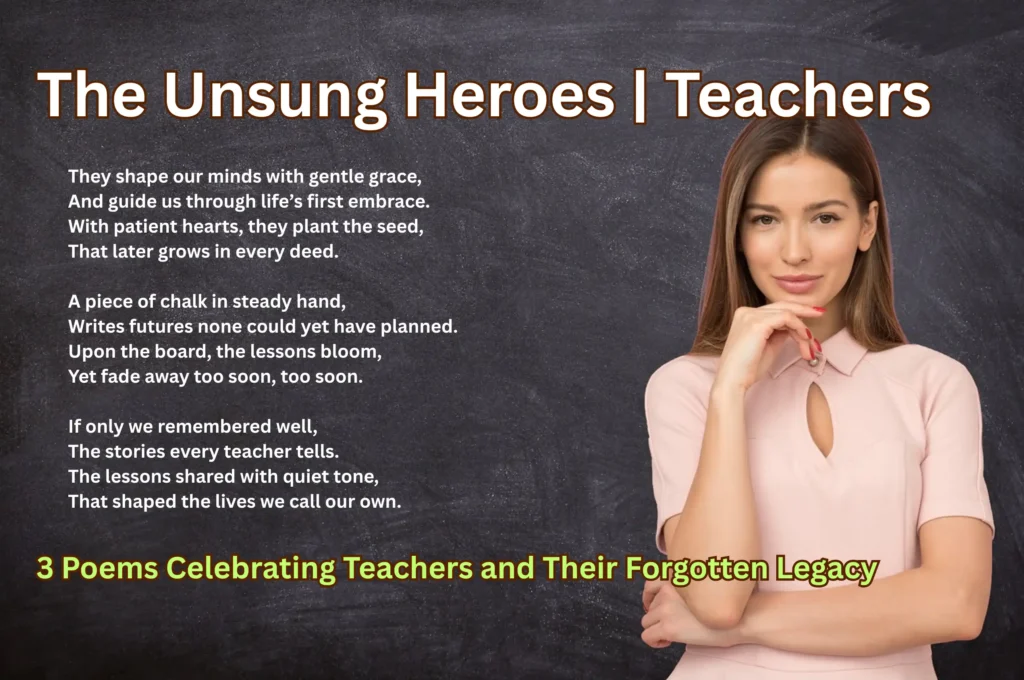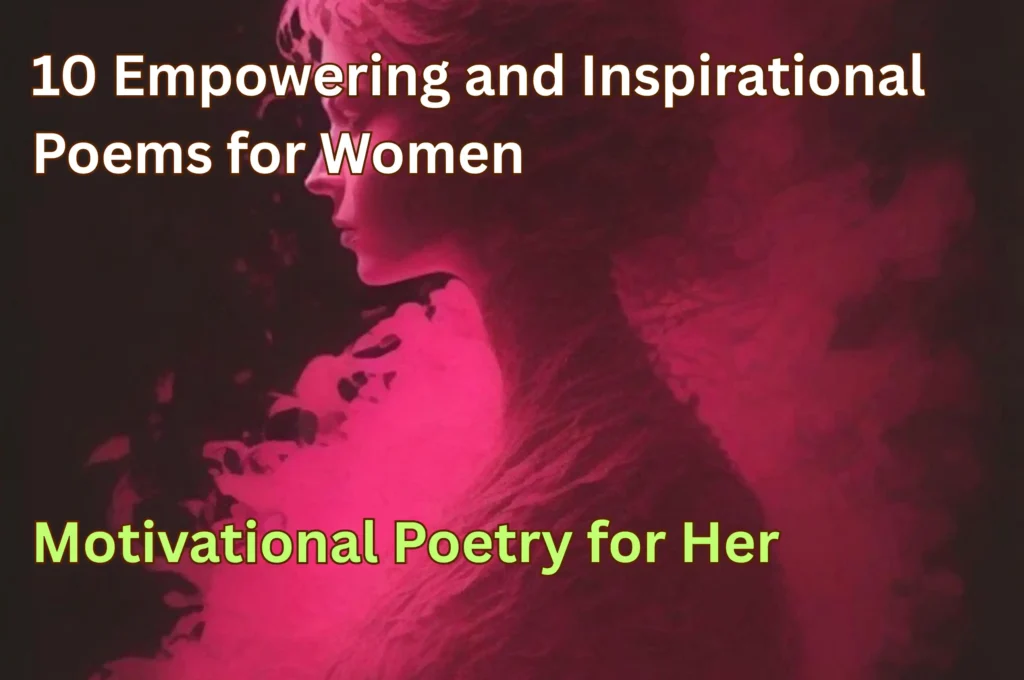This is Rashmirathi Chapter 2 Part 1. Rashmirathi Sarg 2 Part 1. This is in continuation to my last post in English Translation of Rashmirathi. Rashmirathi is a khanda kavya (prosimetrum) and has different cantos. I have divided it into various parts for easy reading and writing. However, I have changed the Cantos (Sarg). So, you might not get the same as it is written in the Rashmirathi Book. To read it in a sequence, you must read my last posts in [Rashmirathi Translated into English]
In this part, we will get an introduction to Rarashuram. Karna wanted to become a great archer and to learn skills, he went to Parashuram. Parashuram is known for irradicating Kshtriyas from the world 21 times. He was a Brahmin, however, a Brahmin with knowledge in one hand and Parashu (battle-axe) in another. Let us read it in the words of Ramdhari Singh Dinkar. I have tried my level of knowledge in translating it into English.
Read the last posts:
Rashmirathi Meaning and Explanation
Rashmirathi Chapter 1 Part 4 | Drona’s fear and Kunti’s sorrow
Rashmirathi Chapter 2 Part 1
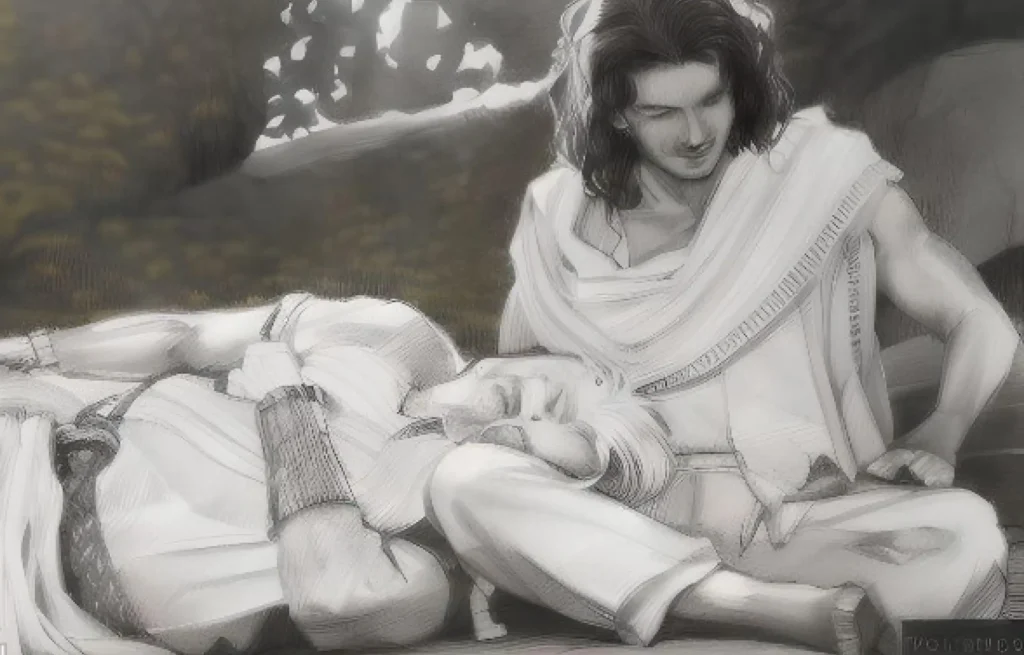
Table of Contents
(Rashmirathi 2nd Canto Part 1)
शीतल, विरल एक कानन शोभित अधित्यका के ऊपर,
कहीं उत्स-प्रस्त्रवण चमकते, झरते कहीं शुभ्र निर्झर।
जहाँ भूमि समतल, सुन्दर है, नहीं दीखते हैं पाहन,
हरियाली के बीच खड़ा है, विस्तृत एक उटज पावन।
==============================
sheetal, viral ek kaanan shobhit adhityaka ke oopar,
kaheen uts-prastravan chamakate, jharate kaheen shubhr nirjhar.
jahaan bhoomi samatal, sundar hai, nahin deekhate hain paahan,
hariyaalee ke beech khada hai, vistrt ek utaj paavan.
आस-पास कुछ कटे हुए पीले धनखेत सुहाते हैं,
शशक, मूस, गिलहरी, कबूतर घूम-घूम कण खाते हैं।
कुछ तन्द्रिल, अलसित बैठे हैं, कुछ करते शिशु का लेहन,
कुछ खाते शाकल्य, दीखते बड़े तुष्ट सारे गोधन।
============================
aas-paas kuchh kate hue peele dhanakhet suhaate hain,
shashak, moos, gilaharee, kabootar ghoom-ghoom kan khaate hain.
kuchh tandril, alasit baithe hain, kuchh karate shishu ka lehan,
kuchh khaate shaakaly, deekhate bade tusht saare godhan.
हवन-अग्नि बुझ चुकी, गन्ध से वायु, अभी, पर, माती है,
भीनी-भीनी महक प्राण में मादकता पहुँचती है,
धूम-धूम-चर्चित लगते हैं तरु के श्याम छदन कैसे?
झपक रहे हों शिशु के अलसित कजरारे लोचन जैसे।
=========================
havan-agni bujh chukee, gandh se vaayu, abhee, par, maatee hai,
bheenee-bheenee mahak praan mein maadakata pahunchatee hai,
dhoom-dhoom-charchit lagate hain taru ke shyaam chhadan kaise?
jhapak rahe hon shishu ke alasit kajaraare lochan jaise.
बैठे हुए सुखद आतप में मृग रोमन्थन करते हैं,
वन के जीव विवर से बाहर हो विश्रब्ध विचरते हैं।
सूख रहे चीवर, रसाल को नन्हीं झुकी टहनियों पर,
नीचे बिखरे हुए पड़े हैं इंगुद से चिकने पत्थर।
========================
baithe hue sukhad aatap mein mrg romanthan karate hain,
van ke jeev vivar se baahar ho vishrabdh vicharate hain.
sookh rahe cheevar, rasaal ko nanheen jhukee tahaniyon par,
neeche bikhare hue pade hain ingud se chikane patthar.
अजिन, दर्भ, पालाश, कमण्डलु-एक ओर तप के साधन,
एक ओर हैं टँगे धनुष, तूणीर, तीर, बरछे भीषण।
चमक रहा तृण-कुटी-द्वार पर एक परशु आभाशाली,
लौह-दण्ड पर जड़ित पड़ा हो, मानो, अर्ध अंशुमाली।
=======================
ajin, darbh, paalaash, kamandalu-ek or tap ke saadhan,
ek or hain tange dhanush, tooneer, teer, barachhe bheeshan.
chamak raha trn-kutee-dvaar par ek parashu aabhaashaalee,
lauh-dand par jadit pada ho, maano, ardh anshumaalee.
श्रद्धा बढ़ती अजिन-दर्भ पर, परशु देख मन डरता है,
युद्ध-शिविर या तपोभूमि यह, समझ नहीं कुछ पड़ता है।
हवन-कुण्ड जिसका यह, उसके ही क्या हैं ये धनुष-कुठार?
जिस मुनि की यह स्रुवा, उसी की कैसे हो सकती तलवार?
======================
shraddha badhatee ajin-darbh par, parashu dekh man darata hai,
yuddh-shivir ya tapobhoomi yah, samajh nahin kuchh padata hai.
havan-kund jisaka yah, usake hee kya hain ye dhanush-kuthaar?
jis muni kee yah sruva, usee kee kaise ho sakatee talavaar?
आयी है वीरता तपोवन में क्या पुण्य कमाने को?
या संन्यास साधना में है दैहिक शक्ति जगाने को?
मन ने तन का सिद्ध-यन्त्र अथवा शस्त्रों में पाया है?
या कि वीर कोई योगी से युक्ति सीखने आया है?
===================
aayee hai veerata tapovan mein kya puny kamaane ko?
ya sannyaas saadhana mein hai daihik shakti jagaane ko?
man ne tan ka siddh-yantr athava shastron mein paaya hai?
ya ki veer koee yogee se yukti seekhane aaya hai?
परशु और तप, ये दोनों वीरों के ही होते श्रृंगार,
क्लीव न तो तप ही करता है, न तो उठा सकता तलवार।
तप से मनुज दिव्य बनता है, षड् विकार से लड़ता है,
तन की समर-भूमि में लेकिन, काम खड्ग ही करता है।
====================
parashu aur tap, ye donon veeron ke hee hote shrrngaar,
kleev na to tap hee karata hai, na to utha sakata talavaar.
tap se manuj divy banata hai, shad vikaar se ladata hai,
tan kee samar-bhoomi mein lekin, kaam khadg hee karata hai.
किन्तु, कौन नर तपोनिष्ठ है यहाँ धनुष धरनेवाला?
एक साथ यज्ञाग्नि और असि की पूजा करनेवाला?
कहता है इतिहास, जगत् में हुआ एक ही नर ऐसा,
रण में कुटिल काल-सम क्रोधी, तप में महासूर्य-जैसा!
==================
kintu, kaun nar taponishth hai yahaan dhanush dharanevaala?
ek saath yagyaagni aur asi kee pooja karanevaala?
kahata hai itihaas, jagat mein hua ek hee nar aisa,
ran mein kutil kaal-sam krodhee, tap mein mahaasoory-jaisa!
मुख में वेद, पीठ पर तरकस, कर में कठिन कुठार विमल,
शाप और शर, दोनों ही थे, जिस महान् ऋषि के सम्बल।
यह कुटीर है उसी महामुनि परशुराम बलशाली का,
भृगु के परम पुनीत वंशधर, व्रती, वीर, प्रणपाली का।
=================
mukh mein ved, peeth par tarakas, kar mein kathin kuthaar vimal,
shaap aur shar, donon hee the, jis mahaan rshi ke sambal.
yah kuteer hai usee mahaamuni parashuraam balashaalee ka,
bhrgu ke param puneet vanshadhar, vratee, veer, pranapaalee ka.
हाँ-हाँ, वही, कर्ण की जाँघों पर अपना मस्तक धरकर,
सोये हैं तरुवर के नीचे, आश्रम से किञ्चित् हटकर।
पत्तों से छन-छन कर मीठी धूप माघ की आती है,
पड़ती मुनि की थकी देह पर और थकान मिटाती है।
===============
haan-haan, vahee, karn kee jaanghon par apana mastak dharakar,
soye hain taruvar ke neeche, aashram se kinchit hatakar.
patton se chhan-chhan kar meethee dhoop maagh kee aatee hai,
padatee muni kee thakee deh par aur thakaan mitaatee hai.
Line-By-Line Meaning of Rashmirathi Chapter 2 Part 1
शीतल, विरल एक कानन शोभित अधित्यका के ऊपर,
कहीं उत्स-प्रस्त्रवण चमकते, झरते कहीं शुभ्र निर्झर।
जहाँ भूमि समतल, सुन्दर है, नहीं दीखते हैं पाहन,
हरियाली के बीच खड़ा है, विस्तृत एक उटज पावन।
==============================
sheetal, viral ek kaanan shobhit adhityaka ke oopar,
kaheen uts-prastravan chamakate, jharate kaheen shubhr nirjhar.
jahaan bhoomi samatal, sundar hai, nahin deekhate hain paahan,
hariyaalee ke beech khada hai, vistrt ek utaj paavan.
In these lines, Ramdhari Singh Dinkar explains the beauty of the place. There is a beautiful, sparse, and pleasant forest, which is adorned beyond beauty. It is so beautiful that it cannot be described in words. In this beautiful place, there are sparkling springs, somewhere pious and white flows down the waterfalls. The land is plain and there are no stones or pebbles to be found. Surrounded by this greenery, there is a pious and holy cottage.
Poets here sets the scene before, he introduces Parashuram. He explains that the place where Parashuram lives has a profound natural beauty. He adds waterfalls and springs to the scene with his words.
आस-पास कुछ कटे हुए पीले धनखेत सुहाते हैं,
शशक, मूस, गिलहरी, कबूतर घूम-घूम कण खाते हैं।
कुछ तन्द्रिल, अलसित बैठे हैं, कुछ करते शिशु का लेहन,
कुछ खाते शाकल्य, दीखते बड़े तुष्ट सारे गोधन।
============================
aas-paas kuchh kate hue peele dhanakhet suhaate hain,
shashak, moos, gilaharee, kabootar ghoom-ghoom kan khaate hain.
kuchh tandril, alasit baithe hain, kuchh karate shishu ka lehan,
kuchh khaate shaakaly, deekhate bade tusht saare godhan.
Nearby there are yellow paddy fields, which are yellow, and some of which have been harvested. Animals like Rabbits, mice, squirrels, and Pigeons are roaming around and eating grains. There are creatures half asleep, some are sitting lazily, and some are pampering and cleaning their babies. Some of them eat green leaves or vegetables, all the cattle seem very happy and satisfied.
This is the environment that the poet sets in a pleasant forest and how different animals are happy and satisfied around.
हवन-अग्नि बुझ चुकी, गन्ध से वायु, अभी, पर, माती है,
भीनी-भीनी महक प्राण में मादकता पहुँचती है,
धूम-धूम-चर्चित लगते हैं तरु के श्याम छदन कैसे?
झपक रहे हों शिशु के अलसित कजरारे लोचन जैसे।
=========================
havan-agni bujh chukee, gandh se vaayu, abhee, par, maatee hai,
bheenee-bheenee mahak praan mein maadakata pahunchatee hai,
dhoom-dhoom-charchit lagate hain taru ke shyaam chhadan kaise?
jhapak rahe hon shishu ke alasit kajaraare lochan jaise.
Near this pious cottage, someone has done havan (a Sanskrit word that refers to any ritual wherein offerings are made into a consecrated fire.) and now the fire is not there. This means it is a description of mid-day. In the morning the havan is done and the time that the poet is referring to is after the fire has been extinguished completely. However, the scented wood or things used for the havan fill the environment with a pleasant fragrance.
The smoke that arises from the havan seems to have settled on the leaves of the trees around. When these leaves shake, it seems that there is Kajal applied to a child’s eyes and he is blinking lazily / trying to sleep.
This is beyond imagination, such a minute thing that Ramdhari Singh Dinakr mentioned here. The smoke makes the leaves of the tree half-painted dark and it seems like the eyes of a child, who is trying to sleep.
Introduction of Parashuram in Rashmirathi


